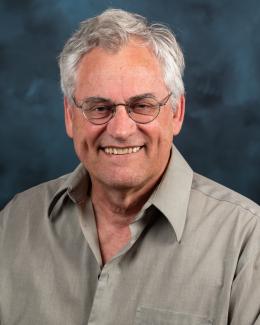Abstract
The Majorana Demonstrator is an array of point-contact Ge detectors fabricated from Ge isotopically enriched to 88% in to search for neutrinoless double beta decay. The processing of Ge for germanium detectors is a well-known technology. However, because of the high cost of Ge enriched in special procedures were required to maximize the yield of detector mass and to minimize exposure to cosmic rays. These procedures include careful accounting for the material; shielding it to reduce cosmogenic generation of radioactive isotopes; and development of special reprocessing techniques for contaminated solid germanium, shavings, grindings, acid etchant and cutting fluids from detector fabrication. Processing procedures were developed that resulted in a total yield in detector mass of 70%. However, none of the acid-etch solution and only 50% of the cutting fluids from detector fabrication were reprocessed. Had they been processed, the projections for the recovery yield would be between 80% and 85%. Maximizing yield is critical to justify a possible future ton-scale experiment. A process for recovery of germanium from the acid-etch solution was developed with yield of about 90%. All material was shielded or stored underground whenever possible to minimize the formation of 68Ge by cosmic rays, which contributes background in the double-beta decay region of interest and cannot be removed by zone refinement and crystal growth. Formation of 68Ge was reduced by a significant factor over that in natural abundance detectors not protected from cosmic rays.




